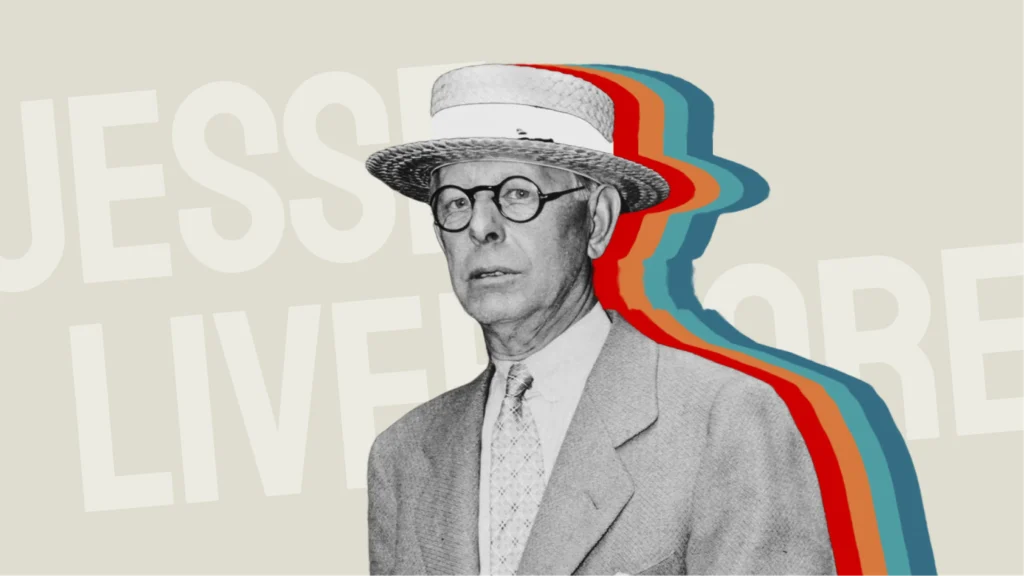
Jesse Livermore, one of the most famous stock traders of all time, died by suicide on November 28, 1940, at the age of 63. His life was a rollercoaster of extreme wealth and devastating losses, and his tragic end reflected the inner turmoil he had battled for years.
The Events Leading to His Suicide
By the late 1930s, Livermore was no longer the legendary trader he once was. Despite having made fortunes multiple times—most notably during the 1907 and 1929 stock market crashes—he had also lost vast amounts due to risky trades and mismanagement.
Here are some key factors that led to his tragic end:
1. Financial Troubles
Although Livermore had made around $100 million (a massive sum in the early 20th century) during the 1929 crash, he lost most of it over the following years. His trading strategies, which had been successful in earlier decades, did not work as well in later market conditions. He had declared bankruptcy multiple times before and was reportedly struggling with financial instability in his final years.
2. Depression and Mental Health Issues
Livermore had a history of severe depression. He suffered from mood swings, which were likely exacerbated by his financial losses and personal struggles. He had previously survived other financial failures, but by 1940, his mental state had deteriorated significantly.
3. Isolation and Loss of Reputation
By the late 1930s, Livermore had lost his influence in the stock market. Once a powerful trader, he was no longer a key player on Wall Street. This loss of relevance may have contributed to his growing despair.
4. Personal Issues and Marital Problems
Livermore’s personal life was turbulent. He had multiple marriages, and his third wife, Harriet Metz Nobles, reportedly kept strict control over his finances, restricting his access to money. His strained personal relationships likely added to his mental distress.
The Suicide
On November 28, 1940, Jesse Livermore checked into the Sherry-Netherland Hotel in Manhattan. He purchased a .32 caliber pistol, and in the evening, he shot himself in the head inside his hotel room. He was found dead by hotel staff.
Jesse Livermore’s Suicide Note
Livermore left behind a suicide note, addressed to his wife, Harriet. It was written in a small notebook and contained only a few lines:
“My dear Nina:
Can’t help it. Things have been bad with me. I am tired of fighting. Can’t carry on any longer. This is the only way out. I am unworthy of your love. I am a failure. I am truly sorry, but this is the only way out for me. Love, Laurie.”
His nickname “Laurie” was what his wife called him. The note reflected his deep sense of hopelessness, self-doubt, and guilt.
Legacy of Jesse Livermore
Despite his tragic end, Jesse Livermore’s impact on the trading world remains immense. His book, “How to Trade in Stocks”, published in 1940, laid the foundation for many modern trading principles. His life story was also the inspiration for the legendary book “Reminiscences of a Stock Operator”, which remains one of the most important books for traders.
His rise and fall serve as a cautionary tale—not just about stock trading, but also about the psychological and emotional challenges that come with high-risk financial careers.







